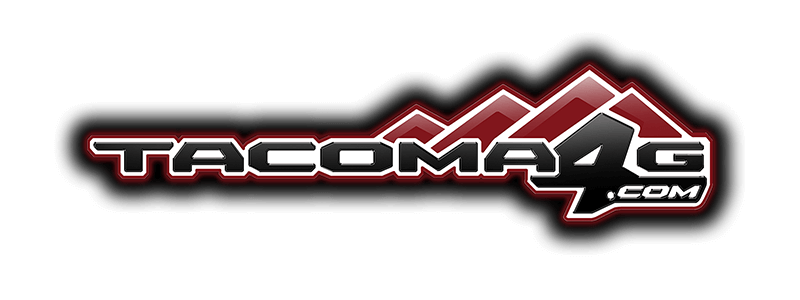- Joined
- Oct 26, 2024
- Threads
- 5
- Messages
- 70
- Reaction score
- 46
- Location
- Southern California
- Vehicle(s)
- .
One last point of clarification here. Some Mfgs could absolutely enringeer their higher load rated tires to have more puncture resistance sidewalls. It's just the devil is in the details and you shouldn't assume that to be true. BFG has chosen not to do that.
Other manufactures actually have weaker sidewalls with regard to puncture resistance/abrasion on their E load tires compared to a C load counterpart within the same product line. Falken is a great example of this. Some of their Wildpeak AT4W tires have an "HD" sidewall in E load and that is actually a 2 ply, while a C load in the same rim size and product has the Duraspec sidewall that is 3 ply and more puncture resistant.
So we should help educate others here that it is important not to assume that "E is stronger than C".
Well, you do learn something new everyday. I was debating whether I should go for E or C on the KO3s. I opted for C simply because of the wieght. Good to know that the said rating has minimal bearing to the strength of the sidewall.
Sponsored

 We're all on the same side.
We're all on the same side.